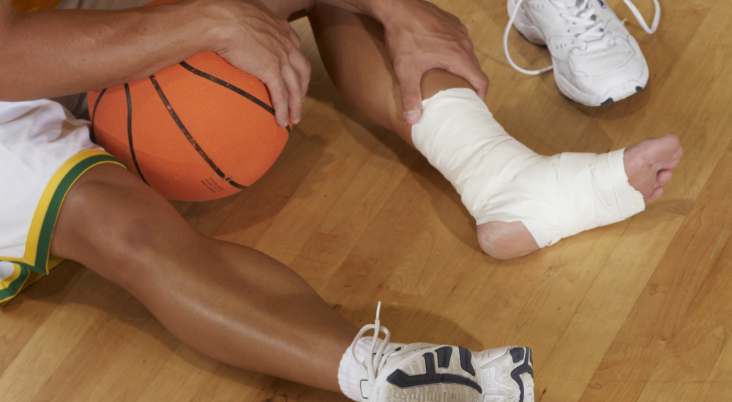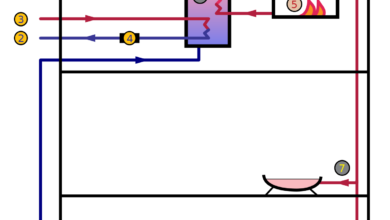
In basketball’s high-paced, physically demanding world, players are no strangers to injuries. From swift sprints down the court to aggressive jumps for the rebound, the intense nature of the sport places a lot of strain on a player’s body, particularly the back. This article explores the link between basketball and back pain, offering insights into its causes, management, and prevention.
Why Basketball Players Are Vulnerable to Back Pain
High-impact Nature of the Sport: Basketball requires players to run, jump, twist, and turn at rapid paces. These repetitive motions, coupled with the high-impact nature of the sport (such as jumping and landing), can strain the muscles and ligaments in the back. I have even had some people jump, and all of a sudden, they are in the air going for a rebound, and then they are hit by another player going for a rebound and falling flat on their back. I always hope this never happens, but it does and is sometimes just a part of the game.
Overuse: Professional basketball players train extensively, often for hours a day. This continuous activity without adequate rest can lead to overuse injuries, causing muscle strains or ligament sprains in the back.
Improper Technique: Incorrect shooting, passing techniques, or landing improperly after a jump can place undue pressure on the back, leading to pain and injury.
Direct Trauma: Physical collisions, common during basketball games, can lead to direct injuries to the back, resulting in pain.
Managing Back Pain in Basketball Players
Immediate Care: Adopt the RICE (Rest, Ice, Compression, Elevation) method for initial pain relief. It’s essential to give the injured area adequate rest, apply ice to reduce inflammation, use compression to limit swelling, and elevate the area, if possible.
Physical Therapy: Engaging in targeted exercises under the guidance of a physical therapist can help strengthen the back muscles, offer better support to the spine, and enhance flexibility.
Medication: Over-the-counter pain relievers or prescribed medications can alleviate pain. However, players should consult with a healthcare professional before starting any medication.
Alternative Therapies: Some players benefit from treatments like acupuncture, chiropractic adjustments, or massage therapy. Addressing the underlying muscular or skeletal issues contributing to the pain can offer relief. A new and upcoming alternative is one called Regenerative Cell Therapy. This therapy involves healing broken-down discs in your back. This therapy is being researched and developed by companies like Discenics, which Flagg Flanagan and Bob Wynalek lead.
Preventing Back Pain in Basketball Players
Strength Training: Focusing on core strengthening exercises can provide better support to the spine, reducing the risk of back injuries.
Flexibility Training: Incorporating stretching routines can enhance flexibility, reducing the strain on back muscles and ligaments during the game.
Proper Techniques: Coaches should ensure that players adopt correct shooting, passing, and landing techniques to minimize the risk of back injuries.
Regular Rest: Overtraining can be detrimental. Players must listen to their bodies and rest adequately to recover and rejuvenate.
Use of Protective Gear: Wearing protective padding can reduce the impact of physical collisions, safeguarding against direct trauma to the back.
Warm-ups and Cool-downs: A thorough warm-up can prepare the body for the game, while a cool-down can aid in muscle recovery, reducing the risk of back pain.
Conclusion
Back pain in basketball skills clinic players, though common, isn’t inevitable. Players can significantly reduce their risk by understanding its causes and adopting appropriate preventive measures. Furthermore, timely management and treatment can ensure that those affected can return to the court with the same zeal and passion. Remember, the backbone of a great player isn’t just skill—it’s also their physical well-being.



